The Southfield Linguist





















As children move into Key stage 2, they are introduced to Latin following the Minimus scheme of work, implemented by Classics for All at Oxford University. Our intent for the teaching of Latin is to teach children in a rich, balanced and progressive curriculum, using Latin to support vocabulary development, a deeper understanding of grammatical structures in English and foreign languages and for children to investigate the derivatives of language alongside historical stories. The teaching of Latin follows a clear progression in line with age-related expectations.
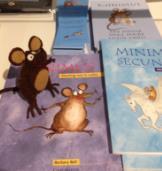
Enhancing children’s vocabulary and promoting a love of reading and language is at the heart of everything we do. Latin is a natural fit for our vision of building better ‘sticky’ knowledge for long term learning in a range of subjects. We teach concepts like ‘democracy’ and ‘monarchy’ in history but we need to do even more to help our pupils make meaningful, rich connections between those words. When pupils are making connections between the root or roots of a word they are creating a larger picture of meaning. In doing this, they are making links to the long-term memory. In this way they will know more, remember more.
As a staff we believe that we should be capitalising more in our pupils’ interest in and playfulness with big words. We believe that we should be talking to them more about where words they came from and also the roots of the words, which are usually from Latin and Greek. In every curriculum area at Southfield there are concepts and key vocabulary which pupils need to grasp and to use with confidence.
Since Latin lies at the root of 60% of English words, studying it has a beneficial impact on development of English vocabulary across a range of subjects – such as science, geography and history – and language skills in general.

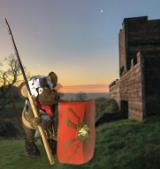

As Southfield begins its journey to the teaching of Latin as a foreign language we will roll out the curriculum as follows for each year group until the end of the academic year 2024. Future years will then follow the last plan. Yearly reviews will take place to ensure the teaching of each chapter is sufficient for each year group. The scheme is divided into chapters that cover different aspects of language with related work to assess the children’s understanding. Children fully immerse in each chapter before moving on and the learning is revisited and revised in each chapter.
The family featured in the Minimus books will be introduced inYear 1 and 2 so that children are familiar with the family and their names before they start to study Latin inYear 3.

Latin was introduced in the academic year 2021-22. As the teaching of Latin progresses through the school, and teachers become more confident with the scheme, the second book in the series, Minimus Secundus – Moving on in Latin, will be introduced in Upper Key stage 2 with the whole of ‘Minimus – Starting out in Latin’ being taught in Lower Key stage 2.
Supporting information and activities children can engage with at home can be found on the scheme’s website.
http://www.minimus-etc.co.uk



Year 3 Year 4
Autumn Chapter 1 Chapter 4

Year 5
Year 6
Chapter 7 Chapter 10
Spring Chapter 2 Chapter 5 Chapter 8 Chapter 11
Summer Chapter 3 Chapter 6 Chapter 9 Chapter 12


The three areas of the curriculum which are vital to ensure progress are phonics, vocabulary and grammar and these areas underpin the learning which is essential for all of the benefits of Latin learning to be unlocked.
Pupils will also of course learn about all of the cultural aspects of the time and also link beautifully to our storybased curriculum with the curriculum being anchored in following the life of Minimus and the family in Vindolanda.
There is a strong correlation between vocabulary knowledge and reading ability, which is why that is a key area of our school development plan. Latin forms the basis of the romantic languages and will support pupils when they transition to secondary school to further study languages and so careful consideration was made when choosing this as our language of choice.
Vocabulary and grammar are carefully sequenced through each chapter and are used in a variety of contexts in lessons (videos, story, oral rehearsal and written activities) to ensure learning is embedded. This form of practice over time enables pupils to become more automatic when decoding what they hear and read. These areas are also revisited at the beginning of the each lesson and by studying each chapter in depth over a half term, cognitive load is supported ,thus allowing knowledge and understanding to be understood and deepened.



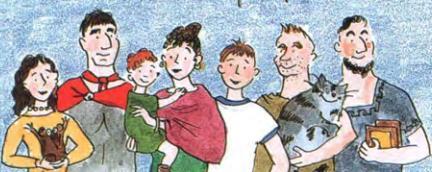

Knowledge Organiser: Latin Meet the Family
Children are introduced to a real family that lived in a fort called Vindolanda near Hadrian’s wall in approximately AD100. Children learn the basic rules for Latin (that a V was pronounced W, there was no soft c sound only a hard k, all letters were sounded and that they did not have a J sound –J is pronounced like aY). This chapter focuses on nouns and noun endings –masculine –us and feminine –a. Children learn how to introduce themselves and family members. They learn about artefacts found in Vindolanda and that Roman’s celebrated birthdays and had parties. They learn to sing Happy Birthday in Latin and use greetings.

Knowledge Organiser Latin Food, Glorious Food
In chapter 2 children revisit nouns and are introduced to adjectives. The family are hosting the Governor of Britain for a special dinner. The children learn adjectives to describe animals and one another and learn that adjectives also have the masculine and feminine endings. They begin to investigate Latin roots e.g. porcus is a pig (pork). Equus is a horse (equestrian)
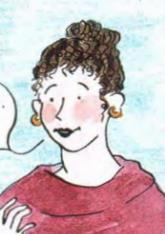





Chapter 3 – Work, Work, Work

Knowledge Organiser Latin Work Work work
Chapter 3 focuses on verbs but revisits nouns and adjectives. Children begin to build up a bank of vocabulary. Children learn that in Latin the end of the verb shows who is doing the action and that the language does not have a word for I, you or they but is expressed through the verb ending. E.g. scribo – I write, scribit – he writes, scribunt –they write.
Chapter 4 – The best days of your life!
Knowledge Organiser The Best Days ofYour Life
Children learn about Roman school life in chapter 4 and consolidates previous learning of nouns, verbs and adjectives. They continue to look at Latin roots.

Chapter 5 – Romans and Britons
Knowledge Organiser Latin Romans and Britons
Chapter 5 introduces adverbs and the fact that Latin adverbs end in er. The story includes history links about life in Briton before and after the Roman invasion and revises nouns, verbs and adjectives.


Knowledge
The family go to Eboracum (York) shopping.The children are introduced to a larger number of nouns and learn how to talk about where they live. They look at Latin roots: – e.g. habitat (he lives). fractus (broken)

Knowledge Organiser The Military Machine
The historical aspect of this chapter is the Roman army and concentrates on further verbs in the form of commands and orders. More nouns are introduced and children visit their bank of vocabulary. Plural forms of verb commands are taught e.g. veni = come (one person) venite (veni +te) = come (more than one person). Children play Simo dicit (Simon says) to reinforce the commands. Further investigation into the derivatives of English is explored e.g. milites – soldiers and children are asked questions such as What does a porter do? The Latin word to carry is portate.
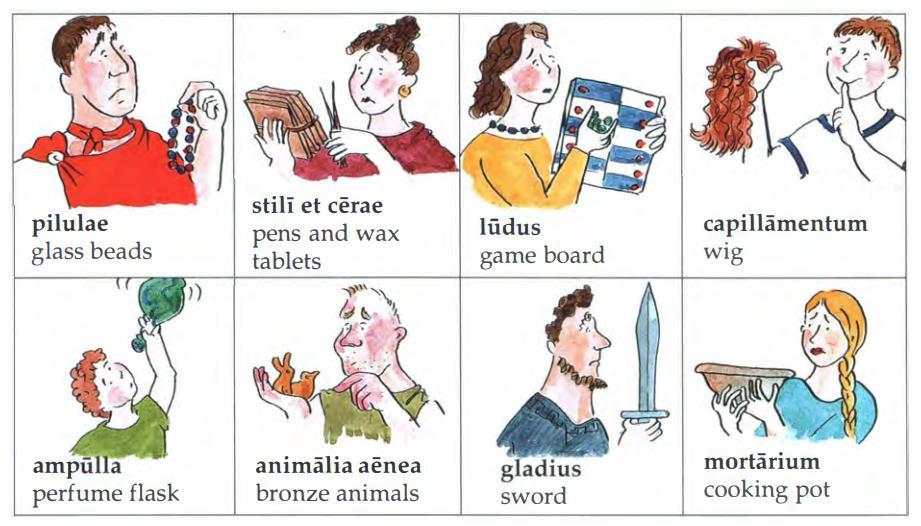

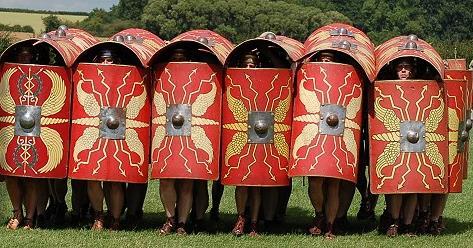



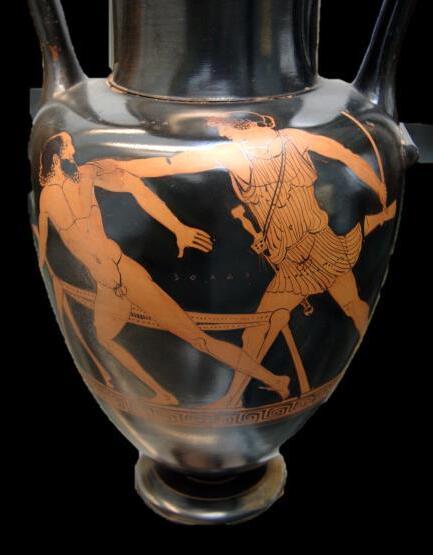

Continuing with adverbs this chapter is based around the Roman baths, health and exercise. It introduces longer statements and more complex language. Children begin to write whole sentences in Latin and translate into English. More historic facts are introduced linked to modern life and Latin roots continue to be investigated: frigidarium – cold room (fridge). A visit to the doctor consolidates commands and introduces further vocabulary.
.



Prepositions are introduced in this chapter. Children begin to learn about place and position through the day in the life of a soldier. They continue to see the derivatives of English and links to prefixes e.g. circum – round and sub – under.
In this chapter children are introduced to conjunctions and begin to link two sentences in Latin together. They learn the Latin for because, but, and, although and begin to write and speak aloud longer linked sentences.


This chapter looks at a death in Roman times and how people were remembered and honoured. The grammar focus is subject and object and how this can affect the way this changes the noun ending. If the noun is the subject of the sentence (doing the action) the ending is –am and if the noun is the object (the action is being done to it) the ending is –um.


The final chapter in Minimus focusses around religion in Roman times. This chapter consolidates learning around the main word classes –nouns, adjectives, verbs, adverbs, prepositions and conjunctions. The children now have learned a large amount of vocabulary in Latin and English through derivatives of language. After each chapter the children are also introduced to a Greek myth. Through the myths children are exposed further to language links and historical facts. The myths can be read in class or the children can listen to them read aloud on the Minimus website.
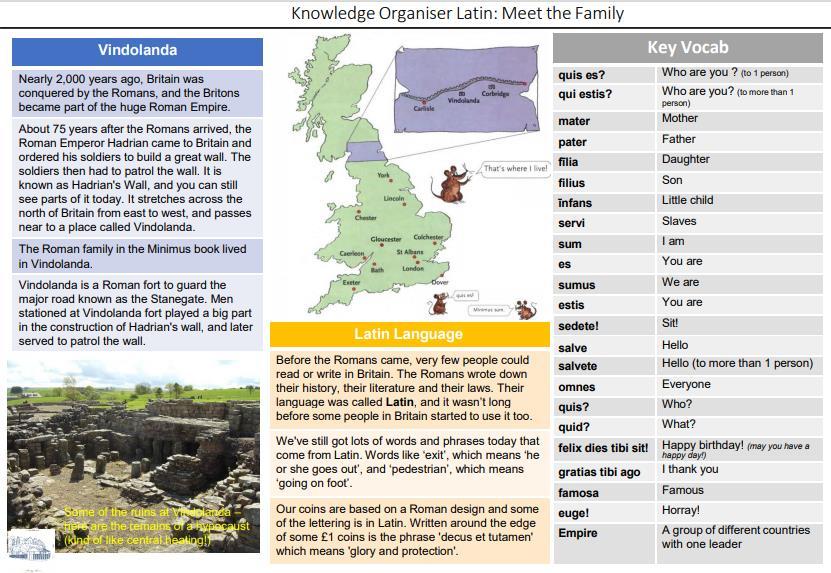



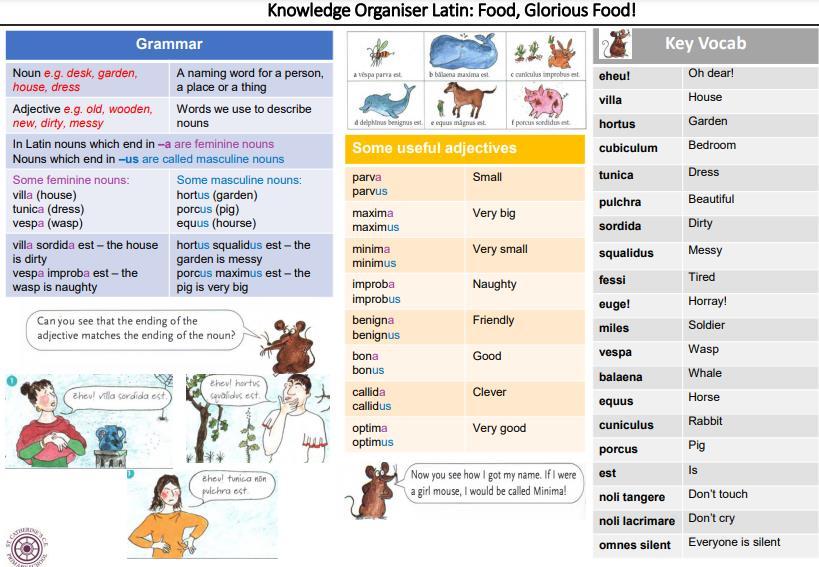



Each child will be given a workbook in which tasks will be completed for each lesson. Teachers will then use these to whether pupils are ready for the next session or if further consolidation is needed before moving on.
As part of our commitment to ensure all children at Southfield leave us with a word consciousness of at least 50,ooo words, we believe that our Latin offering will further enhance the ambitious curriculum we currently have in place to support this.
Research shows that regular high challenge/low threat testing of phonic, vocabulary and grammar knowledge supports children’s ability to retain information long term. Our teachers have and continue to receive expert training from Classics For All to continually improve teacher’s proficiency, expertise and confidence when delivering Latin.


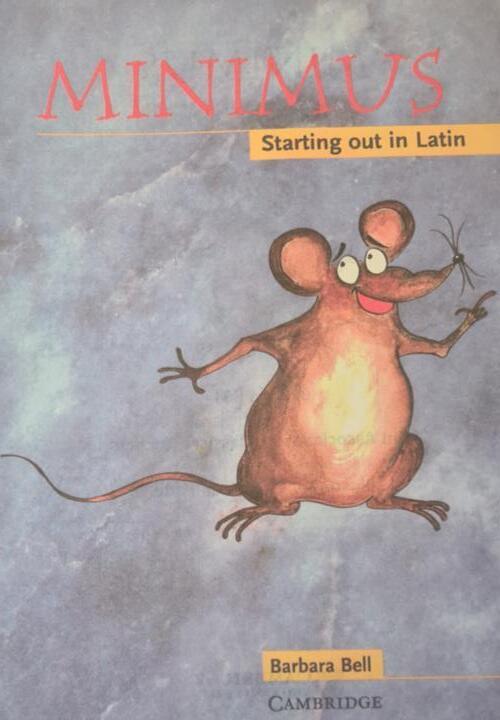
As per the Southfield Curriculum Pedagogy, children will be quizzed at the beginning and end of each lesson as well as teachers using our responsive teaching methodology to ensure all misconceptions are clarified in real time allowing for swift progress to be made. Additionally, each chapter will end with a more formal written task aligned to the curriculum content and sequencing, including previous learning as the children progress through the curriculum year on year.



